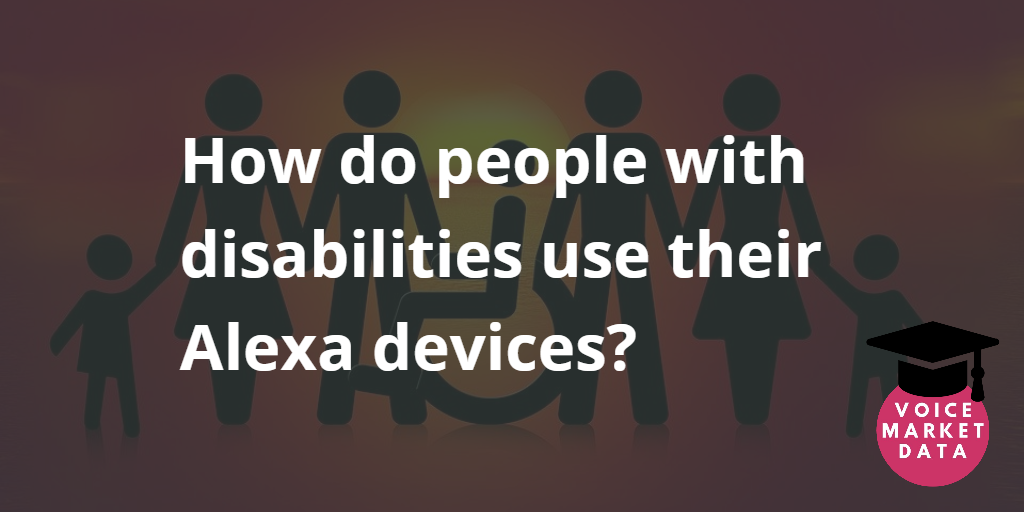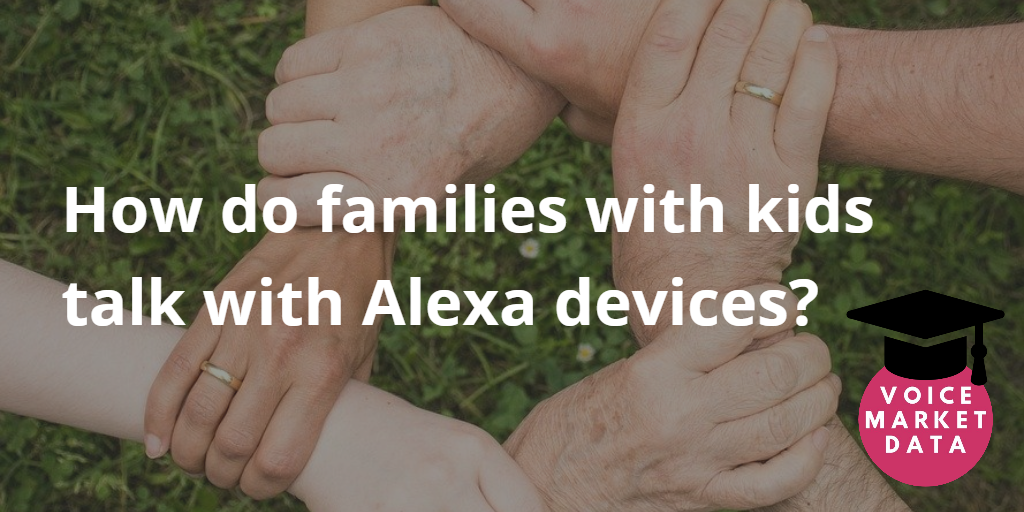TL;DR
People with visual impairment and motor/mobility issues are the biggest users of Alexa devices. They mostly like how this device can replace multiple technologies and make information more accessible.
What did they do?
The researchers looked at over 61,577 Amazon Alexa devices. It’s worth noting that this research was done in June 2017, so the technology landscape was considerably different. They searched for reviews that mentioned 108 accessibility-related keywords. They identified 346 reviews from people who said they had a disability and analyzed them to understand how they used their Alexa devices.
The researchers also did 16 interviews with 16 people with visual impairment who used conversational interfaces.
What did they find?
The type of impairment (people could have more than one impairment):
- Visual impairment (37.9%)
- Motor or mobility impairment (30.6%)
- Speech impairment (13.6%)
- Cognitive impairment (11.8%)
- Hearing loss (4.6%)
- General disability (18.2%)
19 reviews (5.5%) had a short-term disability.
Most (85.6%) of reviews were positive. 23.4% of all reviews said they liked how easy it was to use. 23 reviews refereed to their Alexa device as a friend and 8 reviews said it had become an integral part of their lives. Only 11.9% of reviews were negative and 2.6% were neutral.
Highlights from people with visual impairments:
- 63% appreciated how their Alexa device let them do tasks that previously required multiple technologies (e.g., computers, radios, audiobook readers).
- 45% liked how their Alexa devices made accessing digital information easier than with a computer (43% of older adults felt the same way).
The top 4 ways people said they used their Alexa devices were:
- Listening to music (34.7%)
- Looking up information (18.5%)
- Checking the weather (17.5%)
- Playing audio books (15.6%)
The researchers found 3 unexpected use cases:
- Speech therapy: Interacting with the Alexa device helped people speech impairments because it forced them to talk slowly, clearly, and loudly. Someone used Alexa’s understanding of their brother with autism to gauge whether the brother was making progress with their speech therapy.
- Learning support: People with dyslexia found their Alexa devices useful for reading audiobooks and asking questions.
- Memory aid: People with memory difficulties appreciated being able to set reminders. Though some reviews (4.9%) mentioned difficulties in remembering voice commands, which could be a problem for older adults or users with cognitive impairments.
From the interviews, they discovered what people liked
- Pros: Efficiency, impacts on independence, and the ability to replace several other technologies.
- Cons: Parts of the Alexa ecosystem that wasn’t voice-based (ex. device setup was difficult because of having to use an app).
So what?
Alexa devices make technology accessible to people with disabilities. People are already using their devices to make their lives easier and finding unexpected uses of technology. Searching through reviews is a great way to find these unexpected use cases. It’s important to remember that though most of the interactions with an Alexa device are through voice, setting it up still requires being able to see. This can be a challenge for people with visual impairment.
Article citation
Pradhan, A., Mehta, K., & Findlater, L. (2018, April). ” Accessibility Came by Accident” Use of Voice-Controlled Intelligent Personal Assistants by People with Disabilities. In Proceedings of the 2018 CHI Conference on Human Factors in Computing Systems (pp. 1-13). Full article.



